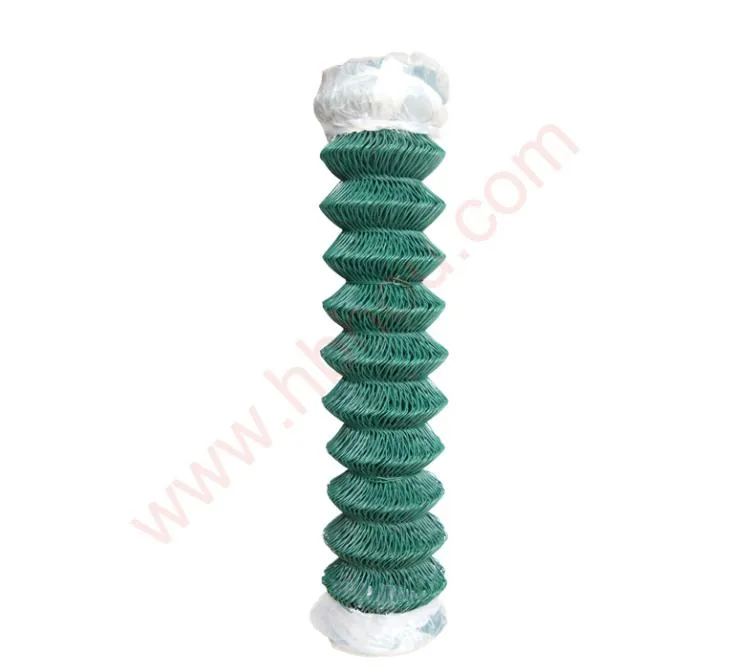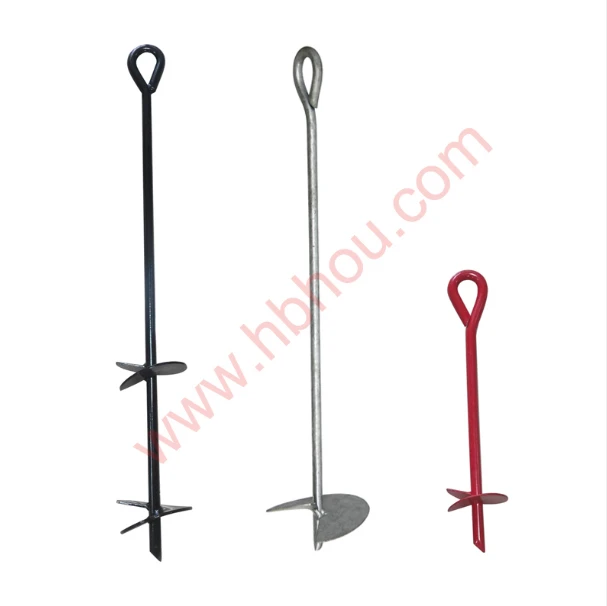

From an authoritative standpoint, many experts recommend the addition of fence extensions or modifications. These may include angled extenders, which make it challenging for a dog to scale as they simulate a visual barrier that alters the dog’s perception of the fence height. Additionally, incorporating a coyote roller – a cylindrical attachment that prevents a dog from gaining a foothold on the top of the fence – can prove highly effective. Trust in these solutions is supported by testimonials and user experiences. Many pet owners who have adopted these measures report a significant reduction in fence jumping incidents. The combination of behavior training and practical barrier enhancements not only ensures the safety of the dog but also strengthens the bond between pet and owner through consistent interaction and communication. Further insights into the process can also be drawn from consultative sessions with veterinarians or animal behaviorists, who may suggest additional tools or modifications specific to a dog's health and temperament. For instance, a dog that jumps due to anxiety might benefit from calming collars or pheromone diffusers placed strategically within their environment. In conclusion, preventing your dog from jumping fences is a multi-faceted task that requires understanding, patience, and well-researched strategies. The importance of tailoring solutions to fit your individual dog’s needs cannot be overstated. By combining expert advice with practical fence modifications and consistent training, you can create a protective and fulfilling environment for your dog that eliminates the need or desire to jump the fence. Approaching this behavior with both knowledge and empathy ensures not only the safety of your pet but also enriches the shared experience between you and your canine companion.
Prev:
















